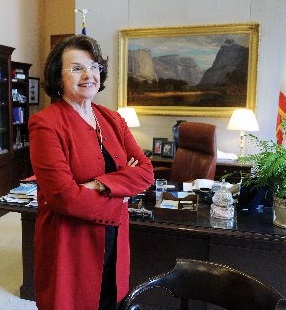
by Spreck | Sep 30, 2023 | Uncategorized
Dianne Feinstein passed yesterday, after serving more than 50 years as Supervisor and Mayor in San Francisco and United States Senator from California. As Senator, Feinstein ran an efficient and effective office, leaving an extensive legacy in any number of areas.
Feinstein succeeded Alan Cranston in the Senate and helped complete his efforts to protect California deserts. She was also very active in California water issues and negotiated any number of agreements. When it came to proposals to restore Hetch Hetchy Valley in Yosemite National Park, however, Feinstein was adamantly opposed.
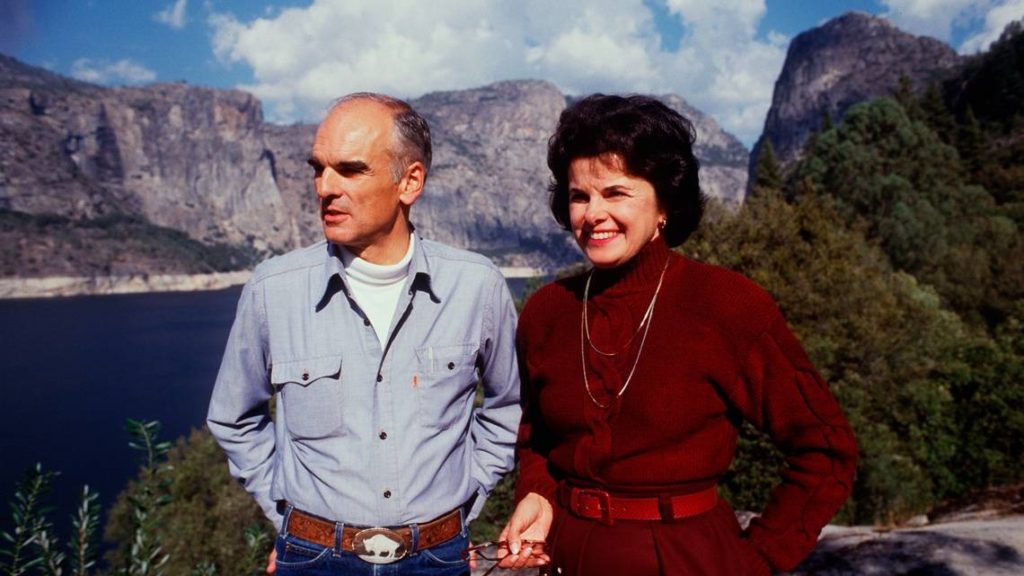
Secretary Don Hodel with Mayor Feinstein at Hetch Hetchy in 1987
When Interior Secretary Don Hodel first proposed that Hetch Hetchy be restored in 1987, then Mayor Feinstein traveled to Yosemite to see the dam, reservoir and canyon for the first time. Briefly Feinstein was intrigued as she listened to Hodel’s explanation that, with improvements, San Francisco would be kept “more than whole” with respect to water supply.
Very quickly, Feinstein changed her mind and became the leading voice opposing restoration. She called Hetch Hetchy “San Francisco’s birthright” and remarked that removing the dam was “the worst idea since selling arms to the ayatollah” (younger readers unaware of this reference might want to google “Oliver North Iran Contras”).
In 2004, the Environmental Defense Fund, shortly before publishing Paradise Regained: Solutions for Restoring Yosemite’s Hetch Hetchy Valley – a report completed with assistance of mainstream expert consultants, reached out to Senator Feinstein in advance, hoping to create dialog and avoid a knee jerk reaction. The effort failed. Feinstein doubled down in her opposition, ignoring the merits of the report.
In 2012, when Restore Hetch Hetchy offered a referendum on San Francisco’s ballot to study restoration, Feinstein held a fundraiser at her house, inviting contractors who were doing business with the City to attend and contribute to a fund supporting the referendum’s defeat. Significant contributions were made.
Feinstein is, of course, not the only politician unwilling to seriously consider how water system improvements would allow Hetch Hetchy Valley to be returned to its natural splendor. Restore Hetch Hetchy continues to reach out to all elected officials to show that restoration can be achieved without losing a drop of water.

Feinstein displayed, with no apparent irony, a painting of an undammed Hetch Hetchy Valley in her office.
Executive Director’s note:
I met with Feinstein three times as a representative of the Environmental Defense Fund, although we never discussed Hetch Hetchy in any detail.
The first meeting involved allocations of water to the Westlands Water District – California’s famously litigious (at the time) and largest agricultural water district. Feinstein seemed particularly deferential to Westlands’ General Manager, Tom Birmingham.
The second meeting was about the East Bay Municipal Utilities District’s decision to abandon, after several decades of controversy, its plan to divert water from the American River through the Folsom South Canal. Instead, it would take the supply further downstream at Freeport on the Sacramento River. I was pleased to come to agreement on behalf of EDF with Feinstein, EBMUD board members and State officials. The Freeport project has since gone into operation, providing valuable dry year supplies to the East Bay without diminishing flows in the very popular recreational stretch of the American River between Folsom Dam and the City of Sacramento. Similarly Restore Hetch Hetchy would like San Francisco to take its Tuolumne supply further downstream.
In the third meeting, Feinstein showed a very human side. With tears in her eyes, she told the room she had heard that Tom Graff (my boss at EDF) was suffering from cancer and passed around a get well card. She and Tom had tangled, sometime disagreeably over many issues including Hetch Hetchy, but Feinstein clearly respected him. It was a touching moment that gives me goosebumps as I write this. Sadly, Tom did not get well, and passed in 2009.
Restore Hetch Hetchy’s frustration with Dianne Feinstein is the same as it is with much of our opposition. While we understand people have other priorities, it is not ok to pretend real solutions are not available. We will continue to work with elected officials, including Feinstein’s replacement, to show that Hetch Hetchy can be restored without anyone losing water or power.
– Spreck Rosekrans
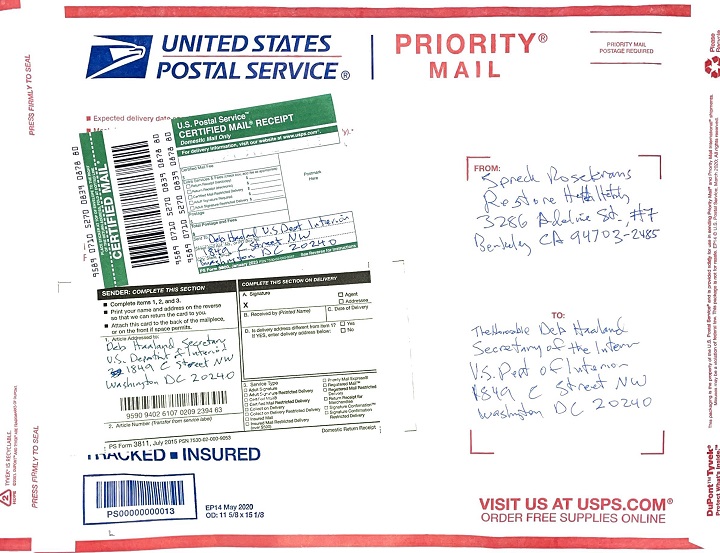
by Spreck | Sep 26, 2023 | Uncategorized
Two years ago, Restore Hetch Hetchy published Keeping Promises: Providing Public Access to Hetch Hetchy Valley, Yosemite National Park. The report explains how Congress expected far greater access and recreational opportunities at Hetch Hetchy than are available today.
Today’s petition, in the form of a letter to Secretary of Interior Deb Haaland, Interior Solicitor Robert Anderson, National Park Service Director Chuck Sams III and Yosemite Superintendent Cicely Muldoon, sharpens the focus of the Keeping Promises report by applying a legal lens. Simply put, the petition identifies how current policy is in violation of the Raker Act – the statute that allowed a dam to be built at Hetch Hetchy.
It is Restore Hetch Hetchy’s fervent hope that, by explaining these violations to officials in Yosemite and Washington DC, administrative solutions can be found and implemented in a timely manner. We are prepared, however, to take additional steps, if necessary, to assure that promises made to improve the visitor experience made when the Raker Act was passed are kept.
Improved access will be a godsend for visitors to Hetch Hetchy, including families, hikers, fishermen, climbers, birdwatchers et al. Improved access will also encourage visitors to learn Hetch Hetchy’s story and support the ultimate goal of restoring the valley to its natural splendor.
The petition and supporting documents are available online. Take a look and let us know what you think. Today’s press release is copied below.
Petition Seeks Improved Public Access to Hetch Hetchy Valley in Yosemite National Park
BERKELEY, CA- September 26, 2023 – Restore Hetch Hetchy (RHH) today petitioned Department of Interior and National Park Service officials regarding public access and recreational opportunities to the Hetch Hetchy Valley in Yosemite National Park.
Restore Hetch Hetchy’s petition provides legal and historical rationale for changing current policies at Hetch Hetchy, including eliminating daily closure of the area, allowing camping and permitting non-polluting boats on Hetch Hetchy Reservoir.
“When Congress passed the Raker Act allowing San Francisco to build a dam in Yosemite National Park, it fully expected that Hetch Hetchy would be used for ‘water supply purposes and for park purposes,’” said Spreck Rosekrans, Executive Director for Restore Hetch Hetchy. “But camping, lodging and boating are unavailable and hiking trails are few. Public access is so limited that barely 1% of all park visitors visit Hetch Hetchy.”
The Petition also questions the validity of San Francisco’s use of cabins at Hetch Hetchy as well as the City’s failure to provide potable water to the backpackers’ campground.
“The Park Service has imposed restrictions on use in the Hetch Hetchy watershed that are outside of its legal authority and in direct violation of the Raker Act. These restrictions prevent park visitors from exercising their rights at Hetch Hetchy and must be eliminated,” added Michael Lozeau, an attorney with Lozeau Drury LLP and author of supporting documentation for the petition.
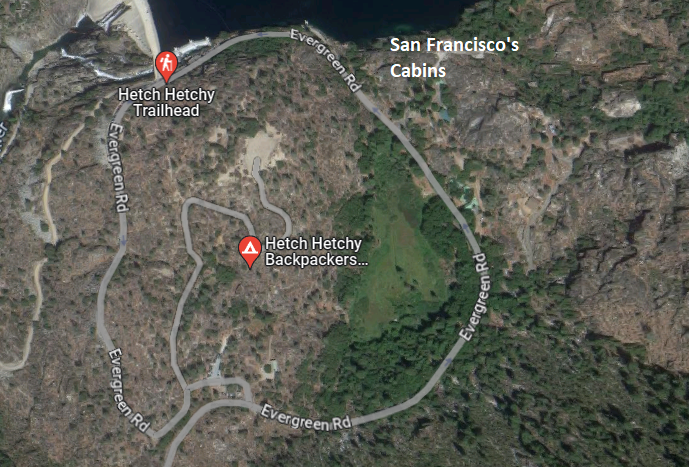
by Spreck | Aug 28, 2023 | Uncategorized
It is definitely not what Congress intended when it passed the Raker Act allowing San Francisco to build a dam in Yosemite’s Hetch Hetchy Valley.
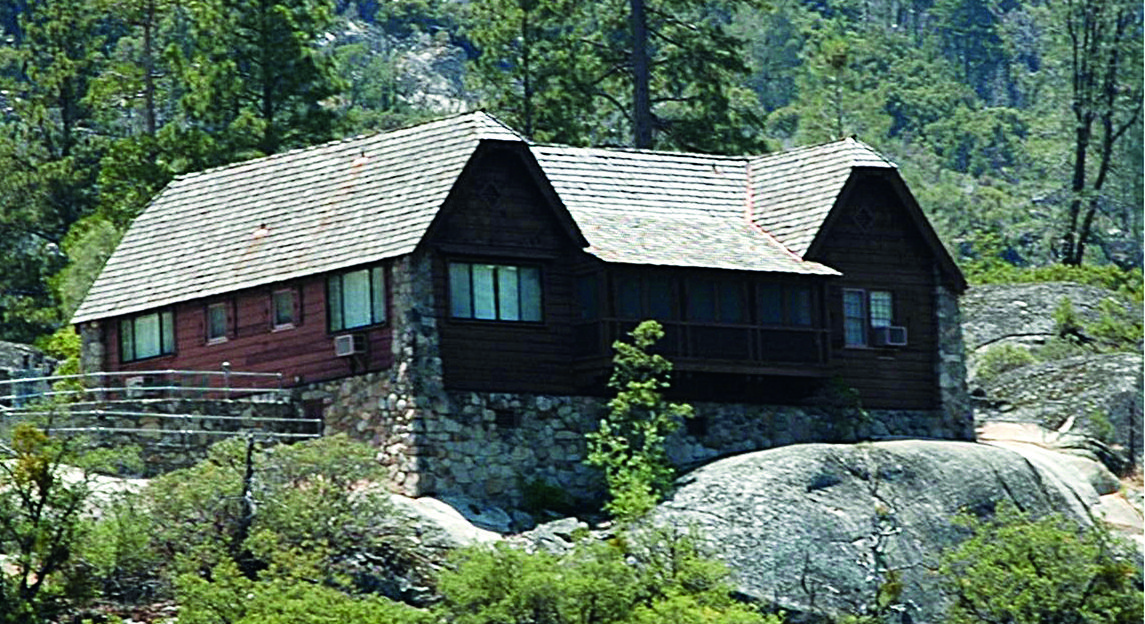
San Francisco’s “Cottage 1”, aka “The Chalet”, has a spectacular view of the Hetch Hetchy canyon.
Today’s San Francisco Standard published an article titled San Francisco City Officials Enjoy Exclusive Vacation Spot in Yosemite. Why? Reporter Josh Koehn describes San Francisco’s use of cabins at Hetch Hetchy as a “special perk unavailable to the general public”. City officials, their families and others anointed with the privilege of staying at the bunkhouse and cottages are provided access to Hetch Hetchy’s trails, fishing, birdwatching, waterfalls and sunsets that everyday park visitors do not have.
The authorization for use of these cabins is scant at best. The Raker Act allows “buildings necessary or properly incident to the construction, operation, and maintenance…”. While some use of the cabins may be business-related, most appears to be recreational given the prevalence of family members on the guest list uncovered by the Standard. (Restore Hetch Hetchy has asked the National Park Service for documentation of San Francisco’s permission to use the cabins, but was told it could not find any.)
Park visitors are only allowed to camp at Hetch Hetchy if they are leaving for or returning from a backpacking trip. This “backpacking” campground is poorly maintained and perhaps the bleakest in the park. And while the Raker Act required San Francisco to provide water to the campground, that water is non-potable – campers need to walk a mile or so to get to the closest drinkable water, located near the cabins.

It’s a bit of a trek from the dusty campground to the spigot near San Francisco’s cabins.
The current situation is a from cry from what San Francisco promised and Congress expected when the Raker Act was under consideration. It is fundamentally unfair and change is long overdue. Restore Hetch Hetchy believes the cabins should be converted for public use. The City officials queried seem to prefer that San Francisco retain its special privilege.
This and other limitations on public access are explained in Keeping Promises: Providing Public Access to Hetch Hetchy Valley, Yosemite National Park (Restore Hetch Hetchy, 2021) – please read if you have not already.
And if you haven’t had a chance to weigh in on the National Park Service’s outreach re future management of Yosemite, there is still time. Comments are due September 6.
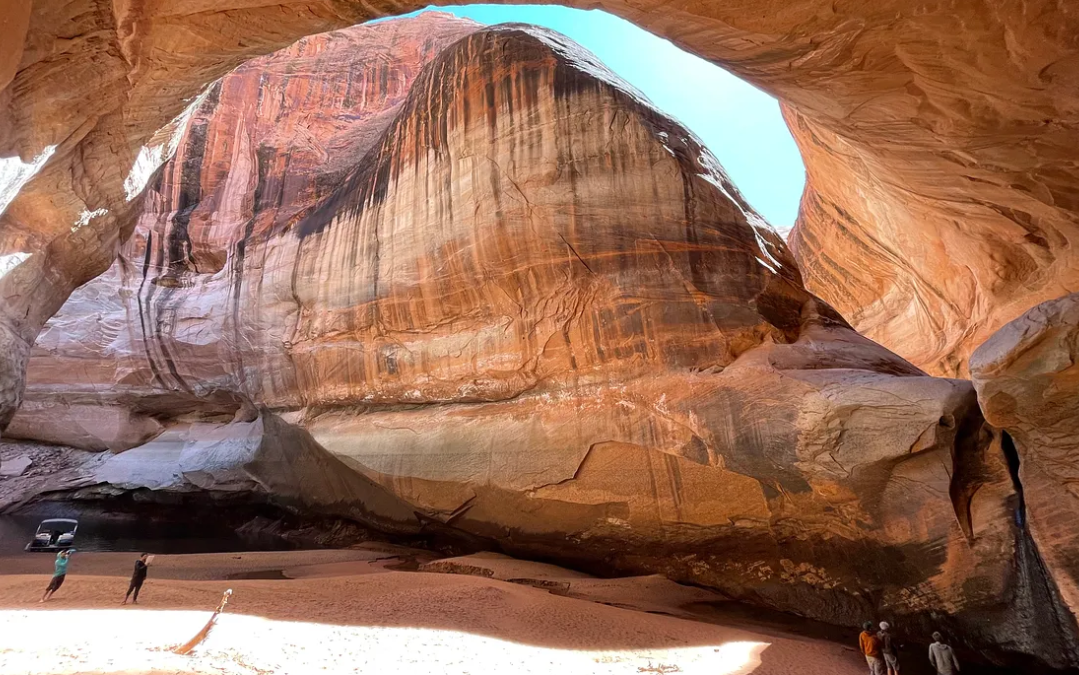
by Spreck | Aug 25, 2023 | Uncategorized
In a “Dog Bites Man” story, California farmers have proposed emptying Lake Powell, the reservoir behind Glen Canyon Dam, which would allow Glen Canyon to be restored.
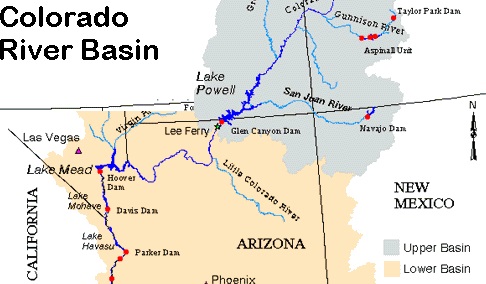
Colorado River flows seem unlikely ever to fill Lakes Powell and Mead, and farmers say evaporative losses at Powell outweigh any storage benefits.
The Imperial Valley farmers did not suddenly become afficionados of desert canyons. They are still interested in maximizing their water supply so they can grow as much food as possible. Their interest comes in the wake of diminishing water supplies on the Colorado River over past decades and the threat of cuts to their share of those supplies.
Evaporation is a factor in all reservoir systems and is largely dependent on the surface area of the reservoirs and the ambient temperature. Seepage is also dependent on size as well as the geology of the land below. Lake Powell is estimated to lose 860,000 of water acre-feet per year. Lake Mead loses a similar amount. Since neither reservoir seems likely to fill anytime soon, the idea of eliminating one of the reservoirs to cut down on losses makes intuitive sense.
The farmers’ math replicates what environmentalists have been saying for decades – that the loss of water due to evaporation and seepage at Glen Canyon make the Colorado River’s water storage system less reliable – i.e. the dam loses water.
Analyzing this fundamental question is not a simple matter, in part because whether Glen Canyon Dam improves or diminishes water supply reliability depends on future flow patterns. Perhaps not surprisingly, risk averse government engineers have not addressed this question to date. It would be nice if they had responded to those pesky environmentalists, but the Imperial Valley farmers will be harder to ignore.
There are other issues at play, besides water supply and restoring Glen Canyon. The city of Page, Arizona, (population 7,247) draws water directly from Lake Powell – what will its fate be if the lake is emptied? How would overall hydropower generation be affected if more water were stored in Lake Mead and none in Lake Powell – and how might the upstream communities who lose hydropower be compensated?
Let’s crunch the numbers to compare water supply, hydropower and environmental benefits while addressing how communities can work together at Glen Canyon. Let’s do it at Hetch Hetchy as well. We don’t need to live with mistakes of the past.
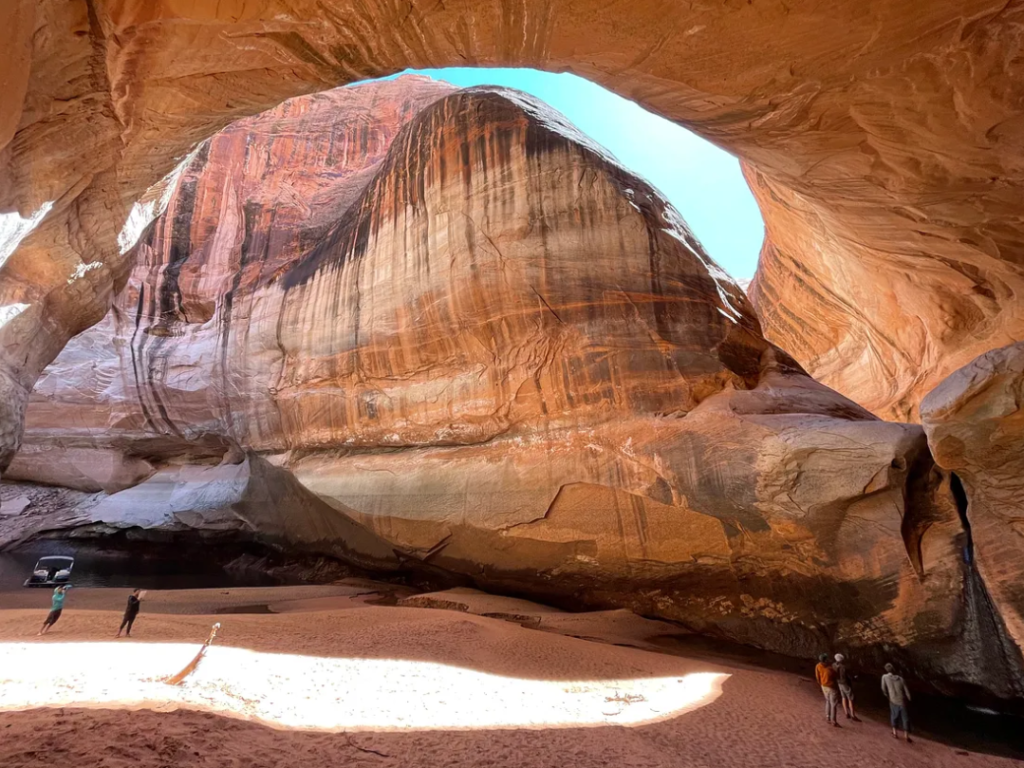
One of Glen Canyon’s many side canyons.
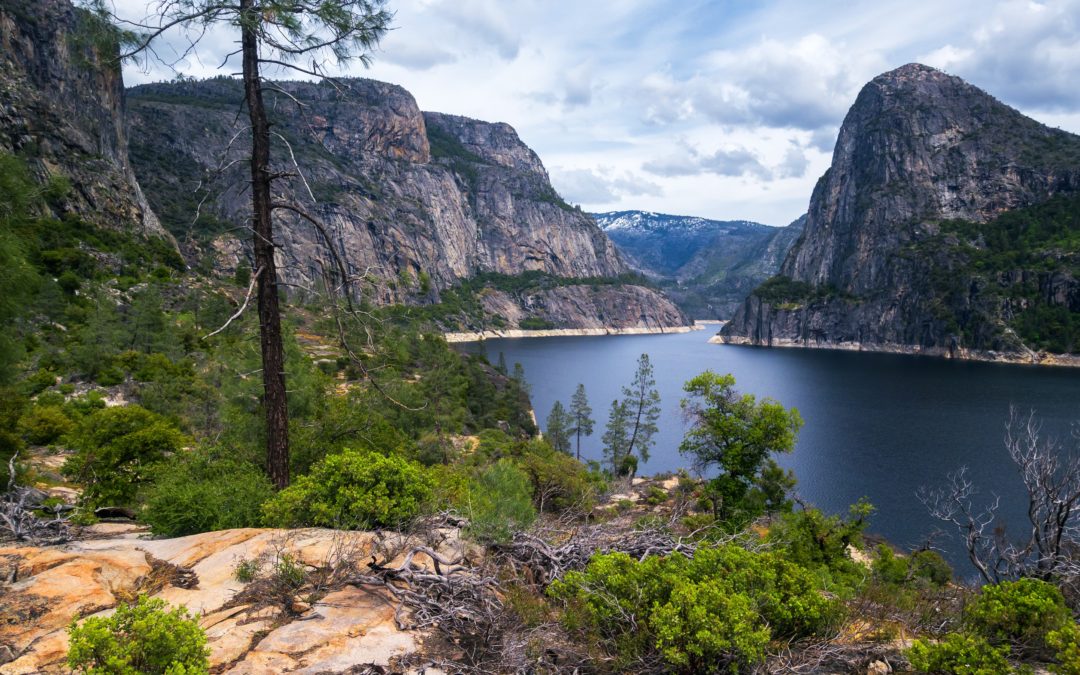
by Spreck | Aug 13, 2023 | Uncategorized
Christopher Reynolds of the Los Angeles Times wrote a wonderful article on Hetch Hetchy a few weeks ago. (The article seems to be fully available, with stunning pictures, without a subscription – if not, Lima News in Ohio has published a text only version.)
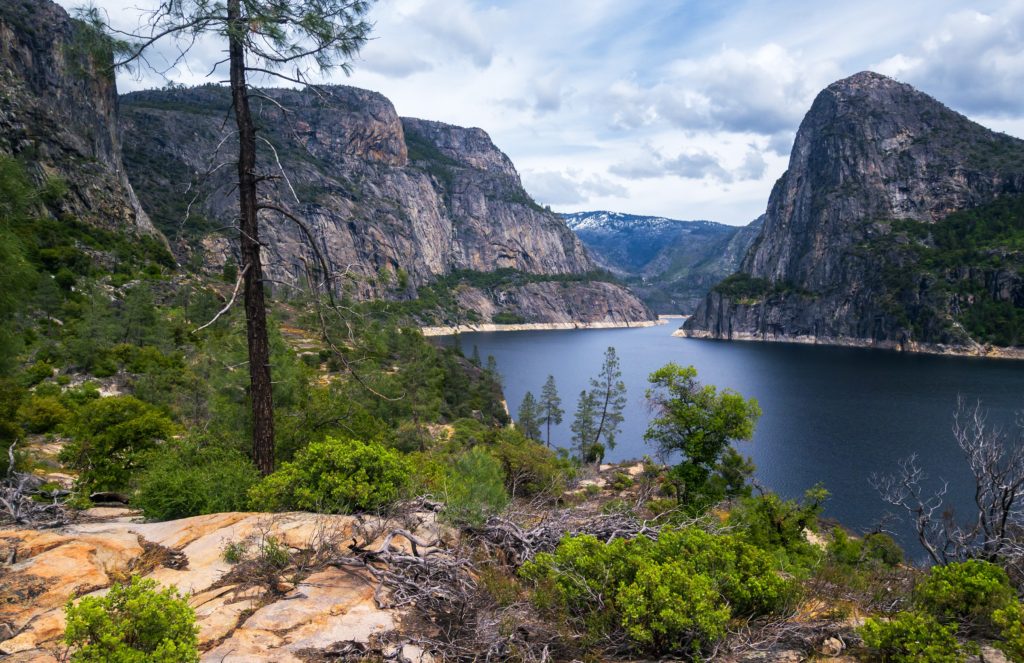
View from the trail to Tueeulala and Wapama Falls. Ambitious hikers may go all the way to Rancheria Falls. Photo: Joe Braun
The National Park Service counted 9873 cars on the narrow Hetch Hetchy Road in June, the highest monthly total in more than 30 years. Hetch Hetchy’s newfound popularity is no doubt due to a combination of factors – booming waterfalls, longer hours of permissible access, closure of the Big Oak Flat entrance for part of the month, and historically long lines elsewhere in Yosemite.
Some friends told us that “Even Hetch Hetchy was crowded. I guess that’s a good thing.” Retired ranger Laurel Munson Boyers seemed to disagree. She told the LA Times “As a local, I hope you won’t paint too rosy a picture.”
At Restore Hetch Hetchy, we are indeed happy to see more people. But we have to get it right.
Restore Hetch Hetchy needs people to go to Hetch Hetchy, to experience what is there and to imagine what is possible with restoration. But we don’t want it to be overrun. It’s critical to find ways to make Hetch Hetchy work for park visitors while protecting the area. One solution is to provide public transportation along the Hetch Hetchy Road – the Yosemite Area Regional Transportation System provides service through all of Yosemite’s other four entrances..
One nitpick: Reporter Christopher Reynolds states that access is limited “by order of the San Francisco Public Utilities Commission” with respect to camping, swimming and boating.
Restore Hetch Hetchy sees it a differently. We contend that the National Park Service has been overly deferential to San Francisco to the point of violating the terms Congress set in place when it passed the Raker Act allowing the valley to be dammed. We are engaged in cooperative discussions to improve access but are exploring legal and legislative solutions as well. Stay tuned.
Finally, we do appreciate Reynolds plugging two of our favorite books – Becky’s McCall’s profusely illustrated history “In Old Hetch Hetchy,” and “The Battle Over Hetch Hetchy” (2005) by Robert W. Righter.
Righter’s book explains how damming Hetchy Hetch has shaped modern environmentalism, says “the story has no equal” and is “an example of what should not be done to a scenic mountain valley”. Restore Hetch Hetchy agrees.
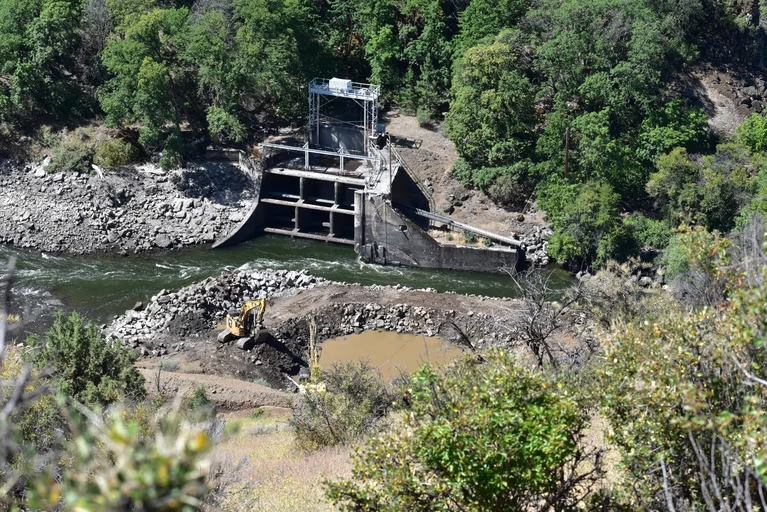
by Spreck | Jul 23, 2023 | Uncategorized
Dam removal on the Klamath River has begun at last.
Crews have largely demolished Copco 2, the smallest of the 4 dams on the chopping block. The reservoirs behind Iron Gate, Copco 1 and J.C. Boyle will be drawn down next winter allowing further dam removal to begin in spring of 2024. Oregon Public Broadcasting has provided a nice summary of how the dam removal process will work.

Remnants of Copco 2 – the smallest of the Klamath Dams. Photo Juliet Grable / JPR
The impetus for removal of the 4 Klamath Dams is the 2002 “fish kill”, when tens of thousands of spawning salmon died as a result of degraded water quality and high temperature on the lower reaches of the river.
Dam removal will help salmon in two ways. The nutrients in runoff from upstream farms will no longer “cook” in the hot reservoirs, so water quality will be improved. In addition, salmon will have access to additional spawning habitat. Truly measuring the success of the program will take some time, but water quality measurements will come soon and speculation will be impossible to resist.
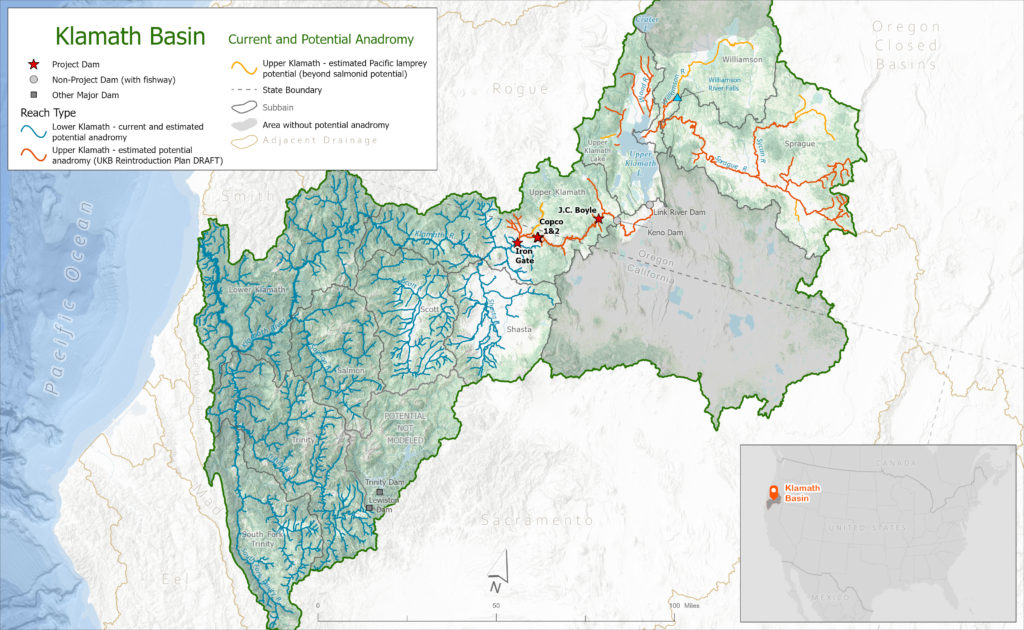
The Klamath dam removals are all near to the Oregon-California border, downstream of the farms in the Klamath Basin. The Karok, Yurok and Hoopa Valley reservations are closer to the coast. The middle section of the river is popular for fishing, rafting and swimming. It is all beautiful country. (Click image to enlarge)
Restoration of the Klamath’s salmon populations are particularly important to tribes on the lower Klamath – the Hoopa Valley, Yurok and Karok Tribes have depended on salmon for sustenance and culture for millennia.
Dam removal will provide benefits to tourists as well. If you haven’t been to the Klamath, check it out. The 120 mile drive from Highway 5 to Weitchpec is spectacular. The fishing, swimming and rafting are all great and there are oodles of campgrounds.
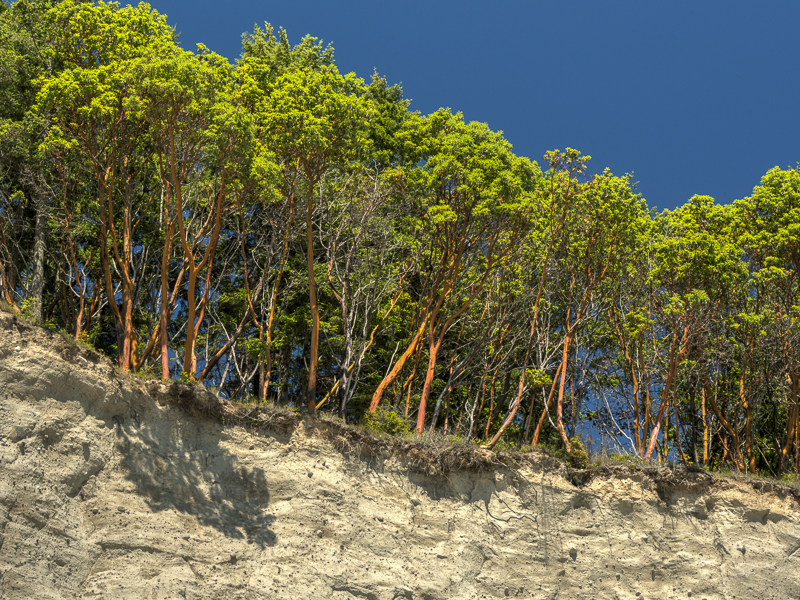
The stands of giant madrone trees along the Klamath are especially impressive.
Unlike Hetch Hetchy, the Klamath dams are not part of any municipal or agricultural water supply system – they are all downstream of the farms in the Klamath basin. Roughly 696 gigawatt-hours of hydropower will need to be replaced annually – about twice the amount that will be lost when Hetch Hetchy is restored.
Replacing electric power costs money, but it’s institutionally simpler than improving water supply and it’s easier to find alternatives. Many water agencies in California have reaped tremendous financial and supply benefits by working together. San Francisco, however, has not pursued opportunities to work cooperatively with the Turlock and Modesto Irrigation Districts or others who use the lion’s share of the Tuolumne River – something it should be doing even though it has no intention (presently) of giving up Hetch Hetchy Reservoir.
At Restore Hetch Hetchy, we recognize that our challenge, at least politically, is greater than that of the Klamath tribes and restoration advocates. But it’s wonderful to see dam removal and such a restoration program finally underway.














